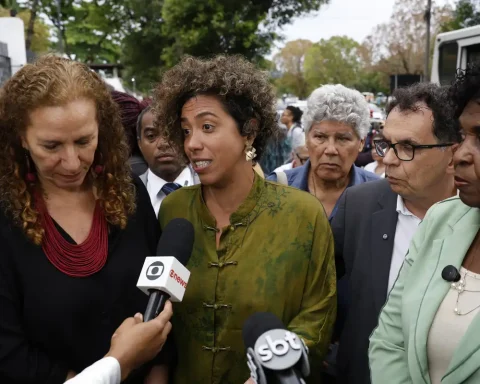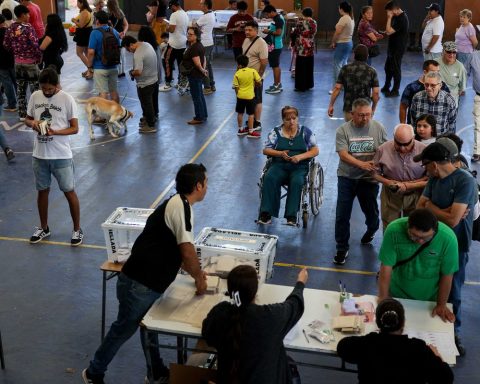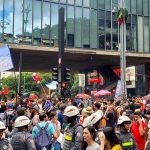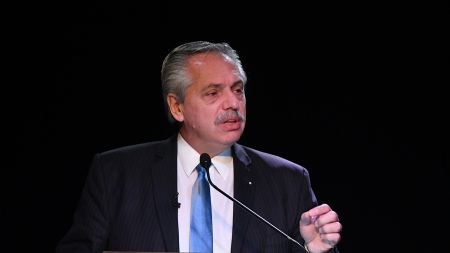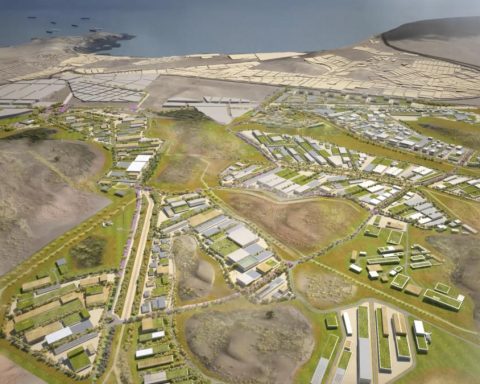The unemployment rate fell by 0.6 percentage point in the moving quarter from July to September 2022 and stood at 8.7% in the period, compared with the quarter from April to June, when it was 9.3%. Compared to the same period in 2021, when unemployment was at 12.6%, the reduction is 3.9 percentage points.
The data are from the Continuous National Household Sample Survey (Pnad) and were released today (27), in Rio de Janeiro, by the Brazilian Institute of Geography and Statistics (IBGE).
According to the IBGE, it is the lowest rate since the quarter ended in June 2015, when unemployment was at 8.4%. The data point to a total of 9.5 million unemployed people, a decrease of 6.2% (less 621 thousand people) in the quarter and 29.7% (less 4 million) in the year.
In absolute numbers, the employed population totaled 99.3 million people, a record in the series started in 2012. The increase in the quarterly comparison was 1% or more than one million people. In the annual comparison, the high is 6.8% or more 6.3 million.
underutilization
The employment level was 57.2% and the compound underutilization rate was 20.1%, the lowest since March 2016. The underused contingent totaled 23.4 million people and the underemployed due to insufficient hours worked was in 6.2 million in the quarter ended in September, the lowest total since June 2017. The despondent were stable at 4.3 million people compared to the previous quarter and fell 17.2% year on year.
The number of employees with a formal contract in the private sector rose 1.3% in the quarter, to 36.3 million people, and those without a formal contract reached the highest level in the historical series, despite stability in the quarter: 13.2 millions of people. The informality rate dropped from 40% to 39.4% of the employed population, with 39.1 million informal workers.
Self-employed workers totaled 25.7 million people, domestic workers are 5.9 million and employers are 4.4 million.
The public sector grew 2.5% in the quarter and reached 12.2 million employees, a record in the historical series. Another 3.1 million people are employed in the public sector without a formal contract, an increase of 11.6% in the quarter.
The IBGE also pointed to an increase in the quarter in the number of people employed in the sectors of public administration, defense, social security, education, human health and social services. In the annual comparison, there was a reduction in the group of agriculture, livestock, forestry production, fishing and aquaculture.
Performance
The usual real income rose 3.7% in the quarterly comparison, reaching R$ 2,737, adding up to R$ 266.7 billion in the mass of income.
Increases in the quarter were seen in agriculture, livestock, forestry production, fisheries and aquaculture; industry, commerce, repair of motor vehicles and motorcycles; information, communication and financial, real estate, professional and administrative activities; and public administration, defense, social security, education, human health and social services.
By type of occupation, employees with a formal contract increased by 2.8% in the quarter, employees in the public sector by 2.3%, and employers are earning 10% more. The other categories did not show significant variation.
Title changed at 11:41 am to correct information.





